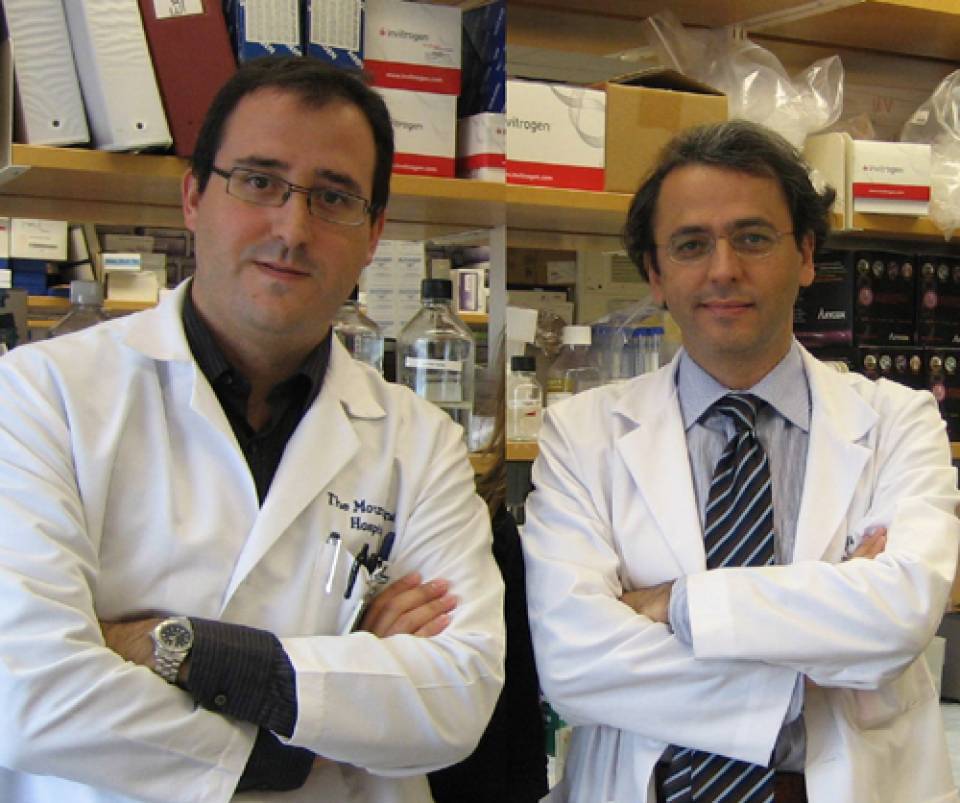Primary liver cancer is the sixth most common malignant tumor worldwide, with more than 700,000 cases per year, and the third in terms of mortality. In western countries, less than 30% of patients with liver cancer are likely to receive treatment with a potential cure. For this reason, it is essential to gain a better understanding of the genetic bases of this type of cancer, with the aim of developing new drugs and improving the outcome of these patients. Optimization of valid tools for carrying out experimental studies in liver cancer is therefore a priority and experimental animals are a key part of this.
The main novelty of this research is the description of a new genetic-manipulation technology capable of creating genetically modified animals that develop liver cancer from uncontrolled molecular abnormalities. Unlike other models, this model has made is possible to discover new oncogenes and suppressor genes by random induction of mutations in multiple regions of the genome, thanks to the transposase known as sleeping beauty. The study identified 19 relevant oncogenes from among the more than 8000 that were analyzed. From these oncogenes, it was possible to confirm the importance in the development of liver cancer of some already described oncogenes (MET, EGFR, etc.) and the gene UBE2H was discovered as a new therapeutic target for managing this disease.
Once these genes had been identified, it was confirmed that they were abnormal in more than 300 samples from patients with liver cancer, from the Consortium tissue bank. The participating researchers, Dr. Josep M Llovet and Dr. Augusto Villanueva, both from the Biomedical Research Center in Hepatic and Digestive Diseases Network (CIBERehd), have pointed out that this new strategies for screening for oncogenes is currently being applied in breast cancer and gastrointestinal tumors. Thus, this new model of liver cancer, as well as improving our understanding of the sequence of genetic mutations that cause this type of tumor, provide a very useful tool for evaluating new specific molecular therapies in the context of preclinical studies.

